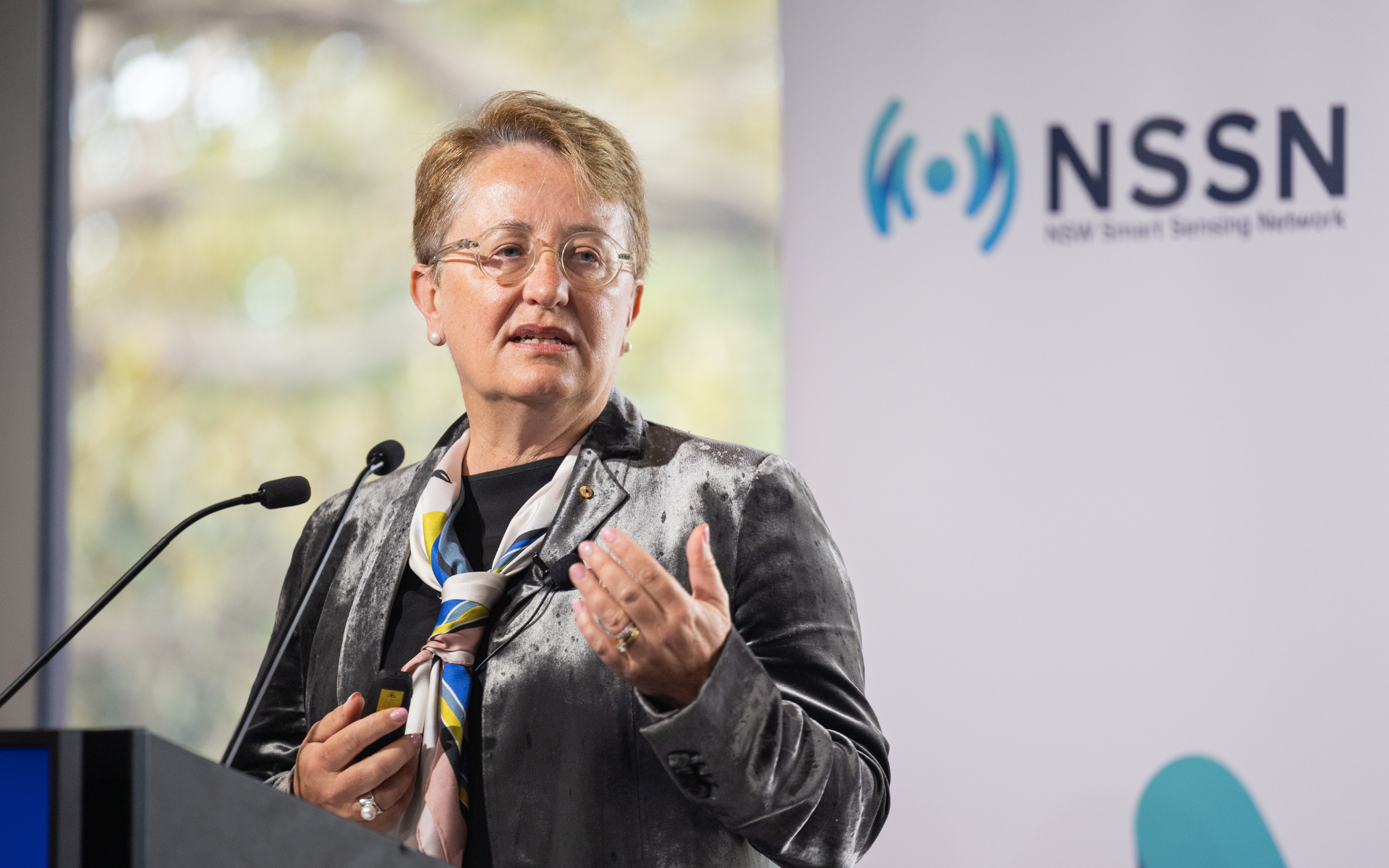VIDEO: Dr Kai Wu from the University of Technology Sydney is leading a project that turns everyday mobile signals into real-time rainfall intelligence. The project was developed through the Connectivity Innovation Network’s Sensing for Disasters program with the NSSN.
Read MoreDiscover our achievements, partnerships and impact over the past year.
Read MoreDr Kai Wu is a Senior Lecturer at UTS and ARC Industry Fellow advancing joint communications and radio sensing (JCAS), developing wireless systems that can sense and interpret the environment to deliver real-time insights that strengthen safety, resilience and emergency response.
Read MoreLucy Brogden AM, Director at Australian Unity, has urged a fundamental rethink of how Australia approaches ageing, care and technology, warning at the NSSN’s 4th Ageing Forum that the current system remains fragmented and out of step with the realities of older Australians and their families.
Read MoreAustralia is making strong progress toward a digitally connected healthcare system, with the Australian Digital Health Agency’s Sandra Cook telling the NSSN’s 4th Ageing Forum the five-year National Digital Health Strategy aims to link data across the entire health-care ecosystem.
Read MoreThe CEO of Ginigai has shared how an innovative UNSW-born fire detection sensor has grown into a rapidly commercialising safety-technology startup whose system is now poised to be used on top shipping vessels.
Read MoreAustralia is on the brink of a care crisis, with governments and communities unprepared for the surge in Australians aged over 80 who need aged care in the coming decade, health services academic and clinician Professor Kathy Eagar AM has told the NSSN’s 4th Ageing Forum.
Read MoreThe NSSN is now accepting applications to support innovative, collaborative research projects that respond to the NSSN Priority Themes of Human Health, Environment & AgTech, Natural Hazards, Net Zero and Smart Places.
Read MoreThe NSW Rural Fire Service heard 26 innovative pitches featuring the latest technologies to predict, prevent and respond to bushfires at the NSSN’s recent Bushfire Research Pitch Day.
Read MoreMeet Keirzo, a robot that raps, listens and learns from humans, built by Macquarie University Honary Research Fellow Dr Richard Savery to explore connection, not replacement. It’s a glimpse into the future of creativity and how humans and machines make music together.
Read MoreAn NSSN funded study has revealed when and where forest fuels are at their driest, offering fresh insights to improve bushfire risk assessment and prescribed burn planning across Australia.
Read MoreThis Ageing edition of The Sensor previews the 4th NSSN Ageing Forum and features thought pieces on technology and care, plus Australian sensing innovations in sonar, self-sensing concrete, and OLED-based quantum sensors
Read More











